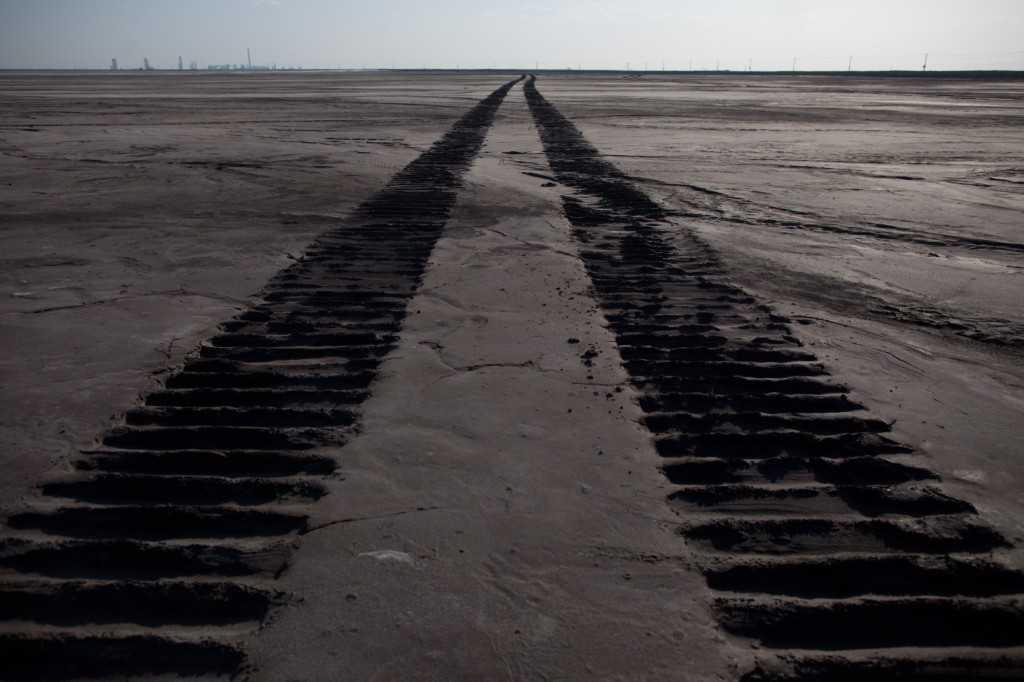China's rare earths dominance in focus after mineral export curbs
The decision, widely seen as retaliation for US curbs on sales of technologies to China, raised concerns that China might limit exports of other materials, notably rare earths, whose production China dominates.
Just In
China said on Monday it will impose export restrictions on gallium and germanium products used in computer chips and other components to protect national security interests.
The decision, widely seen as retaliation for US curbs on sales of technologies to China, raised concerns that China might eventually limit exports of other materials, notably rare earths, whose production China dominates.
In 2010, China restricted exports of rare earths to Japan following a territorial dispute, sending prices soaring and Japan scrambling to find alternative sources. Beijing said the curbs were based on environmental concerns.
Below are some facts about rare earths, about China's dominance of the sector, and what countries are doing to ease their dependence on China for the materials.
What are rare earths and how are they used?
Rare earths are a group of 17 elements used in products from lasers and military equipment to magnets found in electric vehicles, wind turbines, and consumer electronics such as iPhones.
The 17 elements are: lanthanum, cerium, praseodymium, neodymium, promethium, samarium, europium, gadolinium, terbium, dysprosium, holmium, erbium, thulium, ytterbium, lutetium, scandium, yttrium.
How dominant is China in the rare earths supply chain?
Mining: China accounted for 70% of world mine production of rare earths in 2022, followed by the US, Australia, Myanmar and Thailand, US Geological Survey (USGS) data shows.
Processing: China is home to at least 85% of the world's capacity to process rare earth ores into material manufacturers can use, according to research firm Adamas Intelligence in 2019.
Exports: Chinese exports of rare earths have declined. The country exported 20,987 metric tonnes in the first five months of 2023, down 4.4% year-on-year, Chinese customs data showed.
China exported 48,728 metric tonnes of rare earths in 2022, down 0.4% year-on-year.
The US sources most of its rare earth imports from China, but that dependence has eased to 74% between 2018 and 2021, from 80% during 2014 to 2017.
Which countries have the most rare earths reserves?
China is estimated to have 44 million metric tonnes of rare earth oxide (ROE) equivalent in reserves, or 34% of the world total, USGS data showed.
Vietnam, Russia and Brazil are estimated to have just over 20 million metric tonnes each, while India has 6.9 million, Australia has 4.2 million and the US has 2.3 million metric tonnes.
What happened in 2010?
In 2010, China withheld exports of rare earth to Japan during a row over disputed islands. Beijing then curbed global exports of rare earths, saying it was trying to curtail pollution and preserve resources.
Japan, the European Union and the US successfully challenged China's action in a case at the World Trade Organization.
The episode led Japan, which had relied on China for virtually all of its rare earths, to find alternative suppliers to ease its reliance on China. It invested in Australian producer Lynas and had reduced the share of its imports of rare earths from China to 58% by 2018.
Why is it hard for other countries to ramp up production?
Rare earths are relatively abundant but occur in low concentrations and are usually found mixed together with one another, or with radioactive elements such as uranium and thorium.
The chemical properties of rare earths make them difficult to separate from surrounding materials, and processing generates toxic waste.
Lax environmental standards enabled China to build its dominance in rare earths in recent decades as Western producers left the industry.
What are other countries doing to reduce reliance on China?
Western countries have ramped up support to boost domestic production of critical minerals including rare earths.
Australia, Canada, the European Union and the US have set out policies and support packages for their critical minerals sectors.
Las Vegas-based MP Materials mines rare earth oxides at the Mountain Pass mine in California, but ships them to China for processing into neodymium and other rare earth metals, as there is no final processing in the US.
Electric vehicle maker Tesla is moving away from rare earths in future models to mitigate environmental and supply risks, as the rare earth industry struggles to meet demand.
China quota
China raised its full-year mining quota for rare earths for the fifth consecutive year in 2022 to 210,000 metric tonnes, up 25% from a year earlier.
The quota system, usually issued in two batches a year, was put in place in response to China's longstanding problems with illegal mining.
Quotas for mining in the first batch of this year also increased.
Subscribe to our newsletter
To be updated with all the latest news and analyses daily.
Most Read
No articles found.
